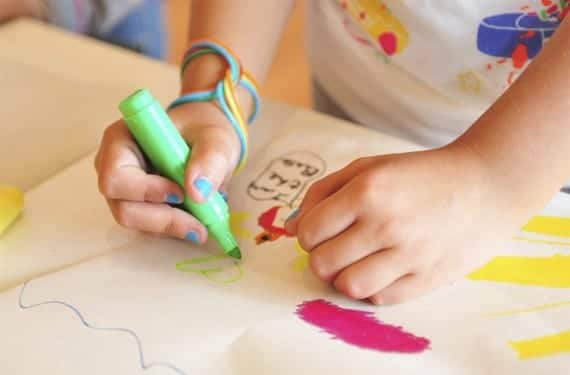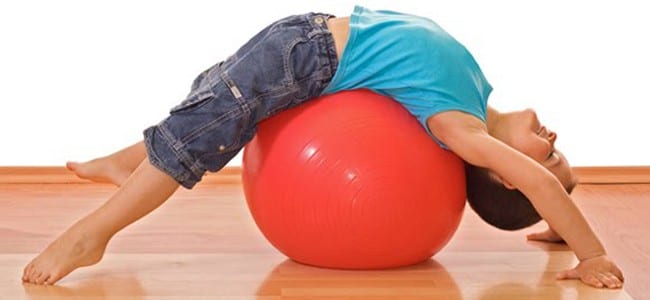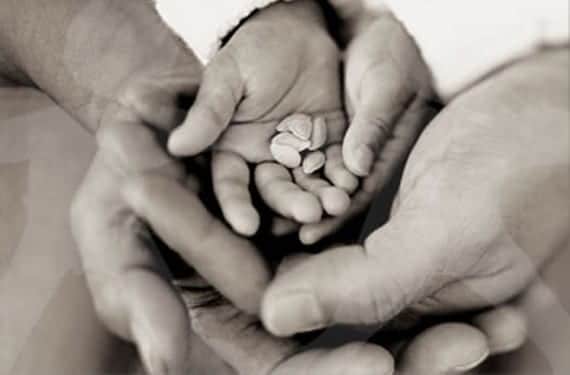
Last week we told you what it means play in childhood. Besides being a fundamental right for children, is a useful tool to acquire and develop their abilities and skills, in all areas of their learning.
The development of the different basic capacities that occurs in boys and girls through playful activity is understood in a way global and integrated. However, this consideration is much clearer by explaining the different areas separately.
Despite this separation, the different areas are continuously interrelated, so that development in the affective area influences the psychomotor, the psychomotor in the social, the cognitive, and vice versa. In short, it is a gear where all areas interact with all, and therefore its segregation responds only to an instrumental purpose.
Psychomotor field
From the observation, it can be seen that the baby, from an early age, performs games of movements that they perform in a repetitive and involuntary and, in addition, they satisfy you enormously. For these games, they use innate reflexes and the possibilities of their muscle tone. During the activity of these games, they will shake their hands, move their mouth, babbling if necessary, look at their hands and hear their own sounds, thus gradually developing their senses.
As for time and space, human figures will appear (mother and father) with faces and faces that will make you laugh, and that the child will strive to imitate over and over again. In addition, a number of objects will be used that move, that sound, that have colors, that the baby will make an effort to touch, manipulate and, of course, put in the mouth.
All these stimuli will favor the integration of visual, auditory, tactile and motor sensations on a cognitive scale, through which the perceptual and movement development. All these psychomotor games will promote gaining greater control of parts of your body.
It will be through playful activity that you will dare to satisfy this curiosity through the universe, having a world at his fingertips and being able to dominate it, in such a way that everything contributes to an adequate adaptation to the physical and social environment that surrounds him.
Cognitive domain
The baby performs a series of continuous movements that favor an advance in perceptions and motor coordination. This breakthrough is possible because the little learnrecords in his mind some action patterns that allow him to repeat those movements with a degree of perfection higher and higher.
This assimilation of schemes supposes the beginning in the construction of basic structures of knowledge. But this needs the external mediation of the social sphere, since through adults or equals they will learn languages, objects and symbols.
After approximately two years, thanks to the ability to move freely, there will be two qualitatively very significant advances within this cognitive field: the appearance of symbolic play and mastery of language.
Through these two advances, the small develop their thinking and learn; because it will be through their playful representations that they freely express and assimilate new experiences, perceiving the world around them constantly developing their imagination and creativity.
Through play, the little ones can adjust their thinking, make mistakes and correct them without giving them negative effects. They can solve problems and begin to enter the adult world without fear of retaliation.
Affective sphere
When the baby is born, his ability to survive on his own is nil. It totally depends on adults: they need to be fed, cleaned, facilitated rest, but above all, and as the central axis around which their activities revolve, needs affection.
Affection is essential for development and emotional balance of the person throughout his life, but it is during childhood when his deficiency very negatively marks the future personality of the child. That is why it is not surprising that it is in the field of playful activities that most of the relationships and affective contacts are outlined.
For parents, the game is the one facilitates the approach necessary to establish and maintain these bonds of affection within the environment. Although they are not aware of it, they are continuously playing when they smile or make serious faces at them, when they hide and appear in the visual field, etc.
The little one is assimilating in a pleasant way these continuous games, which allow him to attribute qualities, feelings and behaviors to the people and objects that surround him in his daily life. During this stage of his life, the game will allow you to expand horizons and overcome the constraints of reality.
Social ambit
By sharing games, boys and girls carry out social learning, that is, they learn to relate to others, to wait for their turn to speak, the moment to satisfy their desires, cooperate in carrying out tasks, etc. Ultimately, they learn to overcome their egocentricity, constituting their first bonds of friendship.
But it is not only these behaviors that are manifested through the game. Depending on the attitude and educational styleThey can also learn competition, rivalry, envy, or jealousy.
Thus, the types of games and recreational activities that are devised to achieve the socialization of the little ones will condition whether this social development takes a conciliatory path or a competitive path.



